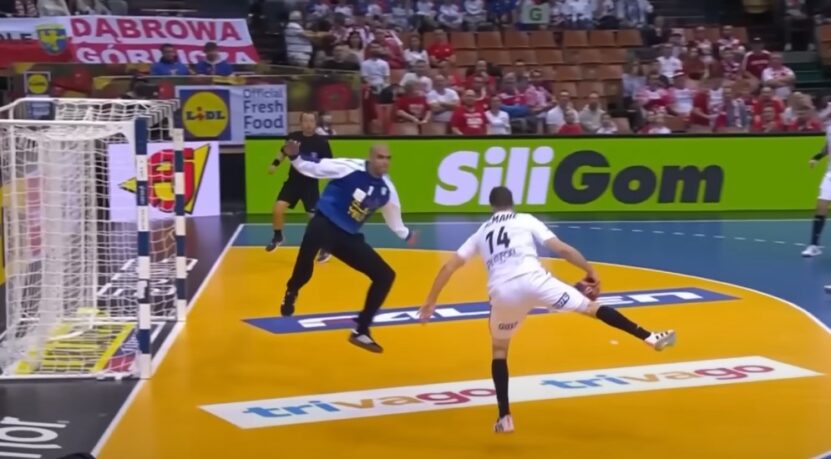So, you’ve decided to get into handball. Maybe you’re tired of mainstream sports or perhaps you just want to impress that person who’s always talking about their latest handball game.
Either way, you’re in for a treat. Handball is fast, exciting, and a great way to stay in shape. Let’s get straight to what you need to know about this sport’s rules.
The Basics
Picture soccer but with your hands. Yep, that’s pretty much it if you are a beginner who plans to start with this sport. Handball is a high-paced sport played by two teams of seven players each, including a goalkeeper.
The aim is simple: score more goals than the other team by throwing the ball into their net. The court is smaller than a soccer field but larger than a basketball court, so you’re constantly moving.
Essential Gear
Forget the elaborate gear lists of other sports. Here’s what you need for handball:
- Handball shoes: Good grip is key.
- Ball: Official handball sizes vary by age group.
- Comfortable clothing: Anything that allows free movement.
The Court
A handball court is 40 meters long and 20 meters wide. At each end, there’s a goal area where the goalkeepers live. Outside this, you have the six-meter line, a nine-meter dotted line, and the halfway line.
All of these play crucial roles during the game, but let’s be real, you just need to know where you can and can’t step.
The Teams
Each team has seven players on the court at any time – six outfield players and one goalkeeper. Teams can make unlimited substitutions, which means you’ll see fresh legs constantly entering the game, keeping the pace frantic.
How to Play
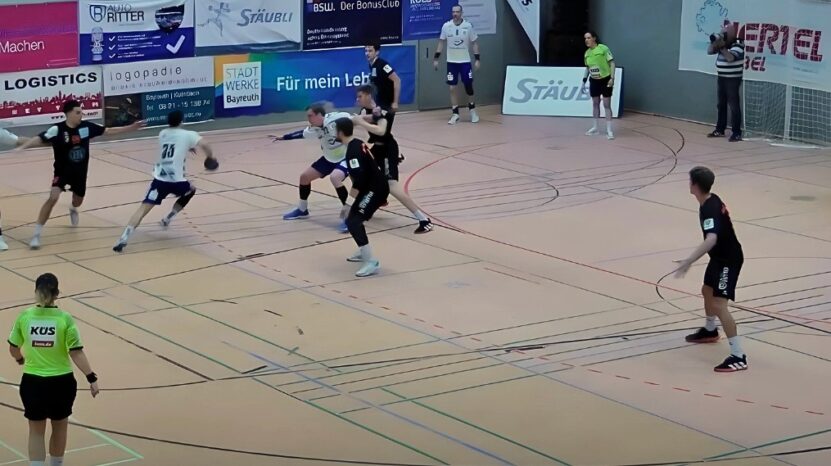
Starting the Game
Games begin with a throw-off from the center of the court. The team that wins the coin toss gets to start with the ball. Everyone must be in their own half until the whistle blows. It’s like a civilized version of a rugby scrum. In case you didn’t know, there are a couple of different handball versions.
Scoring
You score by throwing the ball into the opponent’s goal. Easy, right? Here’s the catch: you can’t just waltz into the goal area. Only the goalkeeper can be in there.
You’ve got to throw the ball before stepping into that zone. Think of it as a hot lava area but for adults.
Moving with the Ball
Here’s where it gets interesting. You can’t just carry the ball around like you’re in the NFL. You’re allowed three steps with the ball, and then you must either pass, dribble, or shoot.
If you choose to dribble, you get another three steps after you pick up the ball. Violating these rules is called traveling, and no, it doesn’t involve suitcases.
Passing and Dribbling
Passes can be made in any direction. One-handed, two-handed, behind-the-back if you’re feeling fancy – whatever works. Dribbling is similar to basketball but less strict. As long as you’re not holding the ball for too long, you’re good.
Fouls and Penalties
Fouls happen, and in handball, they happen a lot. Defensive players can use their bodies to block, but they can’t hit, pull, or punch opponents. Unless you’re into the idea of giving away free throws, keep your hands to yourself.
Free Throws
When a foul is committed, the non-offending team gets a free throw from the spot where the foul occurred. If it’s inside the nine-meter line, it gets taken from just outside that line. Think of it as a chance to reset and try again.
Penalty Throws
A penalty throw is awarded when a clear scoring opportunity is illegally prevented. It’s taken from the seven-meter line, one-on-one with the goalkeeper. Don’t choke.
The Goalkeeper’s Role
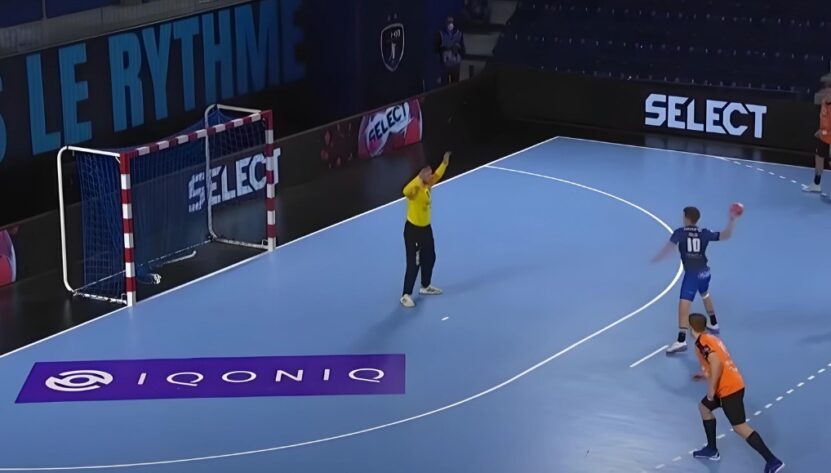
The goalkeeper is the unsung hero. They’re the only ones allowed to play inside the goal area and can use any part of their body to stop the ball.
Outside this zone, they’re just like any other player. Goalkeepers can also make long throws to start a counterattack, so they’re pretty important.
Substitutions
Substitutions can be made anytime, and as many times as needed. Players enter and leave the court through their substitution area. If you’re tired, just run to the bench and tag someone else in. Easy peasy.
Strategy & How to Play Smart
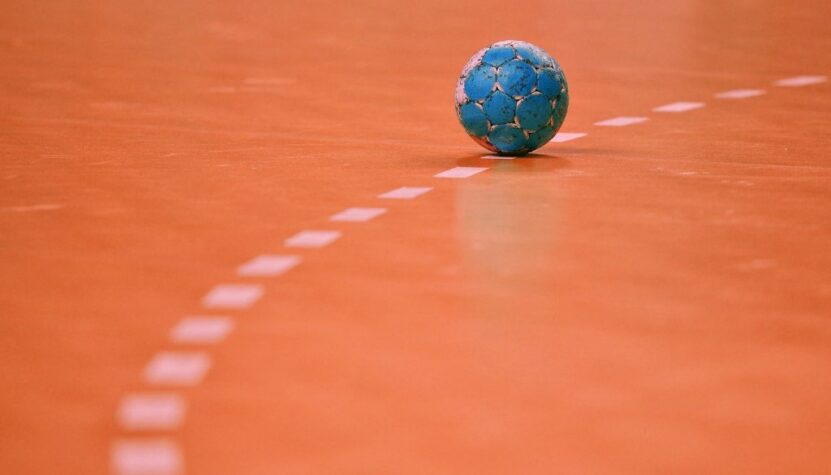
Offense
The key to a good offense in handball is movement and quick passing. Standing still is a great way to get benched. Players must constantly move, create space, and exploit gaps in the defense. Think of it like a dance, but with more bruises.
Defense
Defensively, the aim is to block the other team’s shots and intercept passes. Defensive players often form a wall near the goal area. The best defenses are aggressive but smart, knowing when to press and when to hold back.
Common Tactics
Fast Break
A fast break is a quick counterattack aimed at catching the defense off guard. It’s high risk but high reward. If you’ve got speed demons on your team, use them.
Zone Defense
In a zone defense, players cover specific areas of the court rather than marking individual opponents. It’s like playing Whac-A-Mole but with real people.
Man-to-Man Defense
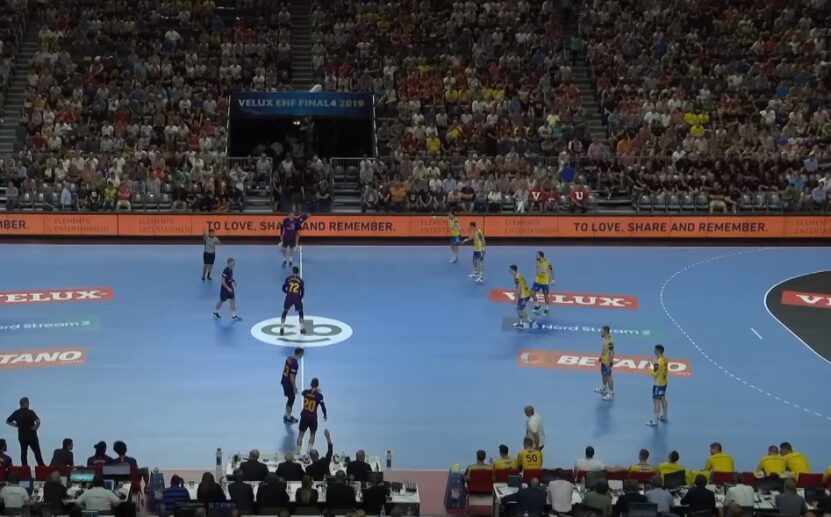
Each player marks an opponent, following them closely to limit their movements. It’s personal and intense, much like an awkward family reunion.
Referees
Two referees control the game, making sure everyone plays nice. They can give two-minute suspensions for serious fouls, and yes, this can turn the tide of the game. Don’t get on their bad side.
Time
A standard handball game consists of two 30-minute halves with a 10-minute break in between. If the game is tied at the end, there’s extra time, and if it’s still tied, a penalty shootout.
The Fans
Handball has a loyal following, especially in Europe. Fans are passionate and vocal, much like soccer fans, but with less hooliganism. If you’re lucky enough to attend a game, expect a lot of chanting, clapping, and general enthusiasm.
Final Thoughts
Whether you’re looking to try something new or just want to impress your friends with your obscure sports knowledge, handball is worth your time.
Grab a ball, find a court, and get playing. Just remember: no traveling, no fouling, and don’t step into the goal area.

